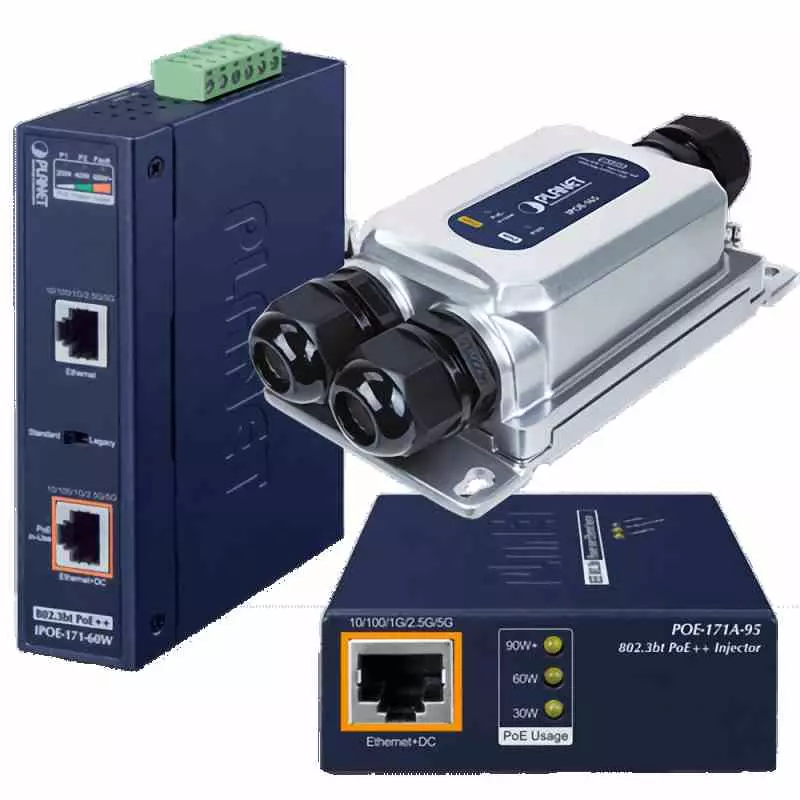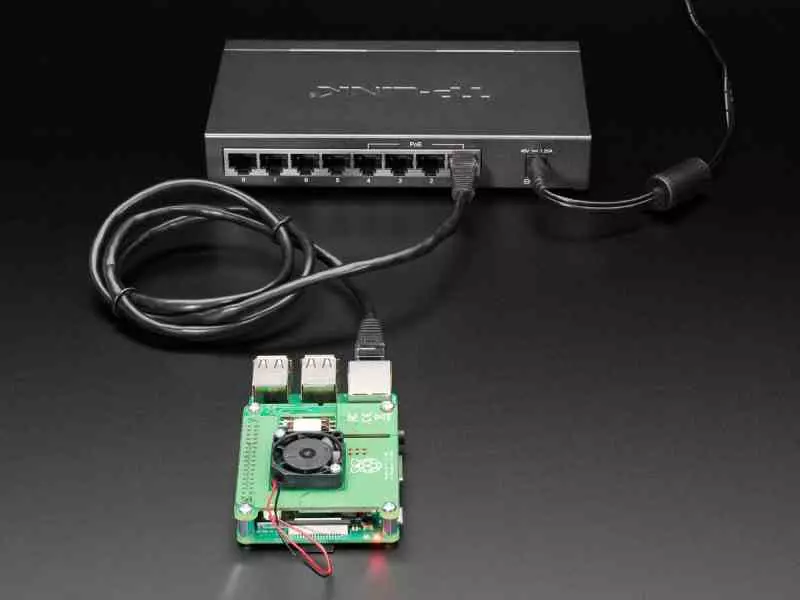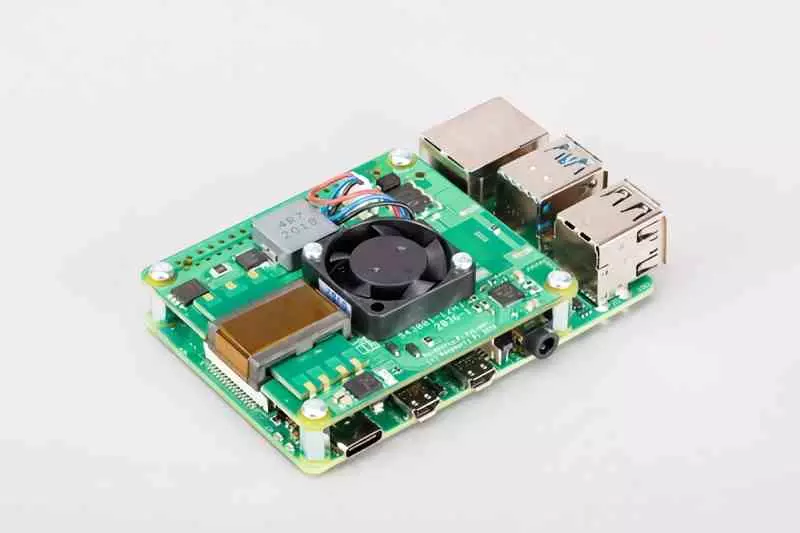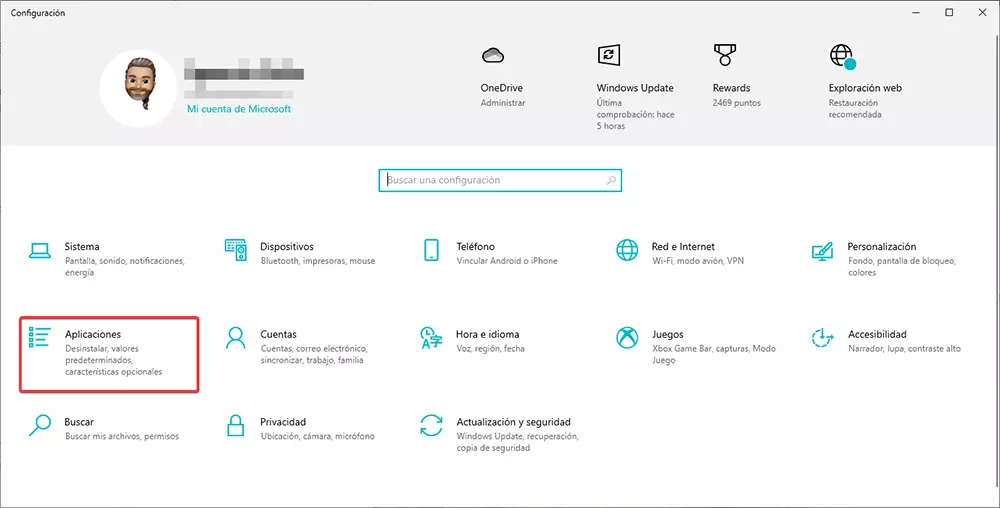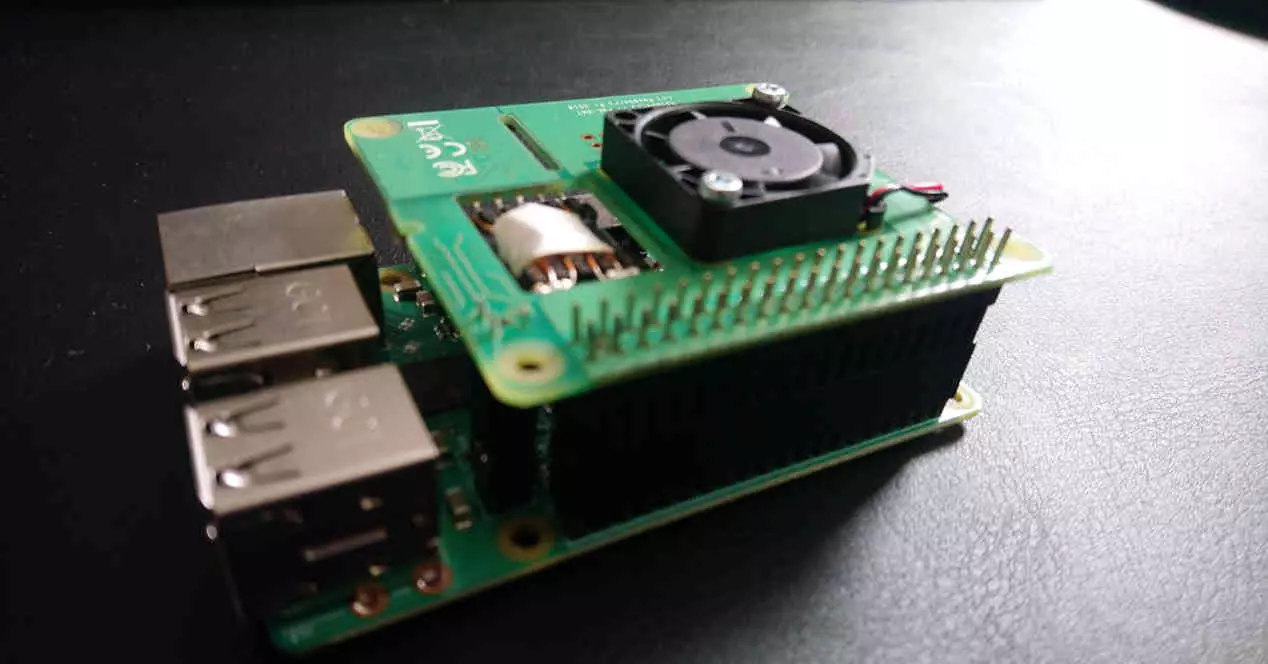
If we look at data ports such as USB, we will see that these also have the ability to power the devices to which they are connected, apart from serving to transmit data. Well, the Power Over Ethernet or PoE allows the classic RJ-45 port the ability not only to transmit data, but also to power the peripherals that make use of the classic network port and therefore we are talking about incorporating electrical power in a standard LAN infrastructure.
The standard was designed so that the different elements that make up the local network or LAN did not require complex power systems and could feed each other. It is a regulated standard under the IEEE 802.3af standard as the base standard, but since then it has evolved over time in terms of specifications in the same way as other known standards such as PoE + and Hi-Poe.
The main advantage of using PoE in a network is in the fact that greatly reduces the number of cables required to install a network and reduces network costs. And how is the power supply done? Making use of some of the pins for communication to transmit power. However, not all devices with an Ethernet port they are PoE compliant.
Where is PoE technology used?
It is already clear to us that PoE is used to power different devices through the Ethernet cable, but what use can this have? Well, in the face of the growing market based on the internet of things. For example, we may want to set up an intelligent lighting infrastructure in a building, a flat or a house where each of the lights is intelligently regulated.
With regard to the devices, PoE technology is used in the point of sale terminals used by the different stores, where they combine power and internet connection in a single cable. Not to forget security systems such as cameras that record data and store data on a hard drive through a network interface or in the cloud.
Nor can we forget the large internal communication networks, such as those found in large hospitals and factories, where energy consumption and infrastructure is key. Not only in terms of costs, but also in the speed of the infrastructure for intercommunication between the different agents.
Why do I want a PoE compatible Raspberry Pi?
First of all, it will allow you to connect your Raspberry Pi to a router with PoE support and use it to power your Single Board Computer, which we remember is limited to the Pi 3B + and Pi 4 models. In order to create a network of several Raspberry Pi interconnected with each other in a small industrial network. For example, you can use your Raspberry Pi to control a 3D printer remotely using a network interface.
Another advantage is for video, let’s not forget that the Ethernet standard does not use electrical signals, but optical ones. Which is ideal to be able to connect an IP camera and use it as a long-distance video surveillance system. Although in general the idea is none other than to create a small-scale industrial infrastructure or workshop coordinated by several Raspberry Pi.
For the classic use of the Raspberry Pi with which many associate this device, this is not useful in principle, since we mistakenly associate this SBC with the use of emulators of old systems, but let’s not forget that the usefulness of an SBC goes further of being a hardware for playful uses. Raspberry Pi are used today for various functions in a number of different industries and the PoE module is excellent for eliminating excess cables in these.
Raspberry Pi PoE + HAT
If you are interested in adopting a PoE module for your Raspberry Pi 3B + or Pi 4 then we make a recommendation, buy the Pi PoE + HAT before the standard POE model, the reason for this is that the standard PoE model works with up to 13 W consumption and this is not a problem if we consider that a large number of devices with such a power interface do not require more than that power.
The problem comes when we use the Raspberry Pi 4, which requires 9 W, leaving only 4 W with the rest of the hardware including the PoE board. That is why there is Raspberry Pi PoE + HAT, which makes use of 802.3at standard, a more advanced version of the standard that can deliver up to 25W of power without losing backward compatibility. Of course, you will need a PoE + compatible router, but in return you will be able to connect devices that require more power and even overclock your Raspberry Pi.
